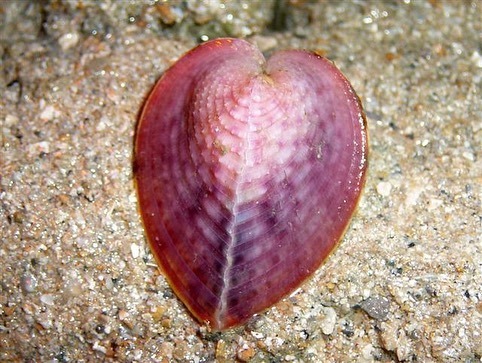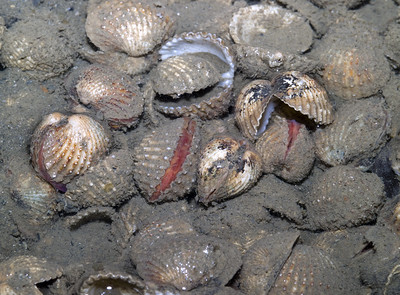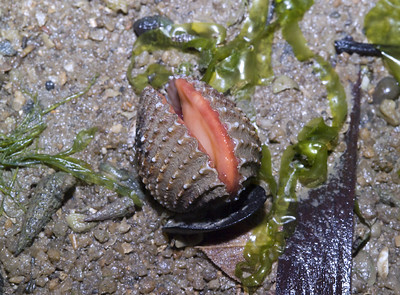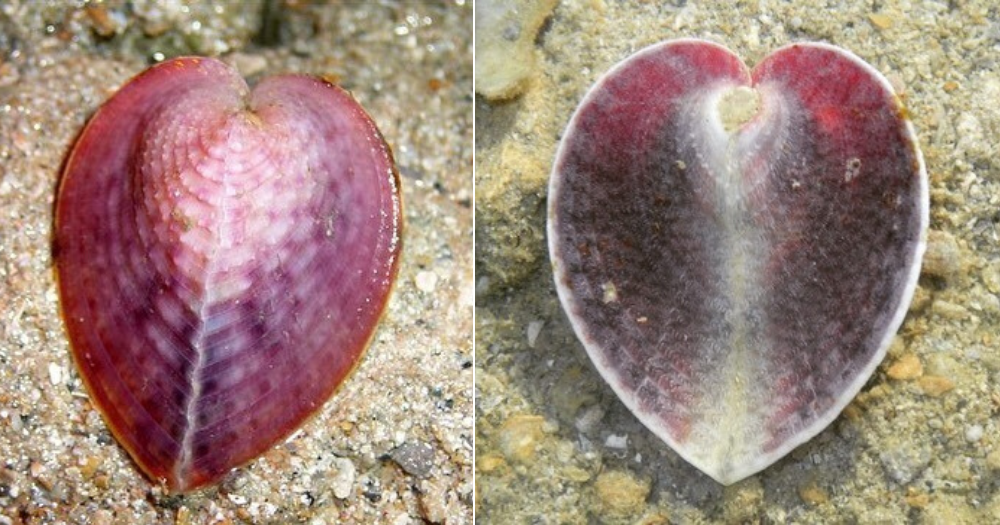While hearing the phrase "it warms the cockles of my heart" might remind you of Member of Parliament-elect, Jamus Lim, those who are more well-versed with our native wildlife might think of heart cockles that are found in local waters.
Here's what the heart cockle looks like, as seen in a Facebook post by Loh Kok Sheng:
 Photo by Loh Kok Sheng
Photo by Loh Kok Sheng
What is a heart cockle?
Heart cockles are a type of clam found on local shores near reefs according to wildsingapore, a website that raises awareness about local marine life.
The heart cockle shares a special relationship with symbiotic zooxanthellae (a kind of single-celled algae), which produces food using sunlight.
Similar to a glasshouse, the heart cockle has a translucent heart-shaped shell, which acts like 'windows' to allow sunlight into its shell for the algae living inside.
The food produced by the algae is shared with the clam.
The heart cockle can also suck in water from the marine environment when it is submerged to filter out food particles, through a process called filter feeding.
According to wildsingapore, the colour of the heart cockle can range from white to red with yellow.
You can check out more photos of the heart cockle here:
What about the 'cockles' that we use in laksa?
So what about the 'cockles' that we see in local dishes, such as laksa and char kway teow?
These are known as ark clams, which are locally called see-hum, and are actually in a different family of clams as compared to heart cockles.
Sometimes called the blood cockles, the tiny clam gets its red colour from the presence of a compound called haemoglobin, which also gives human blood its red colour, according to wildsingapore.
As these clams live in muddy, oxygen-poor habitats, haemoglobin helps with transporting oxygen throughout the clam's body.
 Photo by Ria Tan/wildsingapore
Photo by Ria Tan/wildsingapore
 Photo by Ria Tan/wildsingapore
Photo by Ria Tan/wildsingapore
Related stories:
If you like what you read, follow us on Facebook, Instagram, Twitter and Telegram to get the latest updates.
